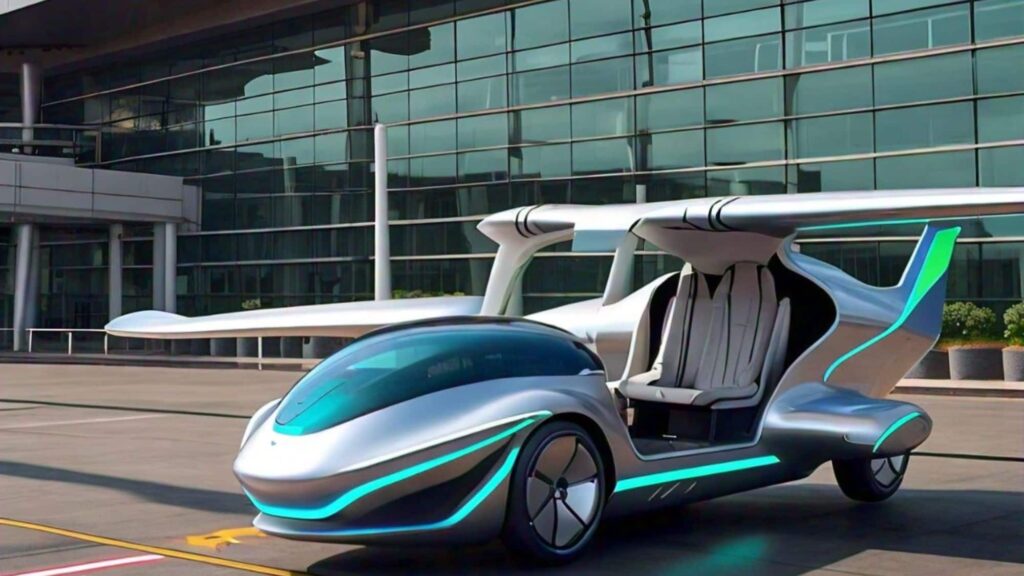Bangalore International Airport Limited (BIAL) has announced an innovative initiative aimed at transforming the aviation industry through the development of a new operational model for seven-seat eVTOL (Electric Vertical Take-Off and Landing) aircraft. This initiative is not just about adopting new technology; it is about creating a future that is clean, fast, and where advanced mobility becomes a reality.
Understanding eVTOL Aircraft
eVTOL aircraft are poised to revolutionize urban transportation. Unlike traditional helicopters, eVTOLs utilize electric propulsion systems that offer numerous advantages including reduced noise, lower operational costs, and greater environmental sustainability. These aircraft can take off and land vertically, making them ideal for urban environments where space is limited.
Technical Specifications of eVTOL
| Feature | Specification |
|---|---|
| Capacity | 7 Passengers |
| Range | Up to 100 miles |
| Speed | Up to 150 mph |
| Noise Level | Significantly lower than helicopters |
| Power Source | Electric Batteries |
The Vision for Future Mobility
BIAL’s initiative aims to integrate eVTOL technology into everyday life, paving the way for air taxis and enhanced transportation options in urban settings. This move aligns with global trends towards cleaner, more efficient means of transport. The vision isn’t merely about quicker commutes but about reimagining our approach to travel, minimizing congestion, and improving air quality in our cities.
Challenges and Considerations
While the prospects of eVTOL technology are exciting, several challenges need to be addressed. These include regulatory hurdles, public acceptance, and the development of infrastructure to support eVTOL operations. Additionally, creating safe air traffic management systems that can integrate traditional aircraft and eVTOLs will be crucial for the successful deployment of this technology.
Conclusion
BIAL is at the forefront of a movement that promises to redefine urban transport through the introduction of eVTOL aircraft. By focusing on a clean and efficient future, this initiative represents a significant step towards advanced mobility solutions that could enhance connectivity, reduce travel times, and create a more sustainable environment. The journey towards realizing this vision will require collaboration among industry stakeholders, regulators, and the community, but the potential benefits make it a worthy endeavor.
